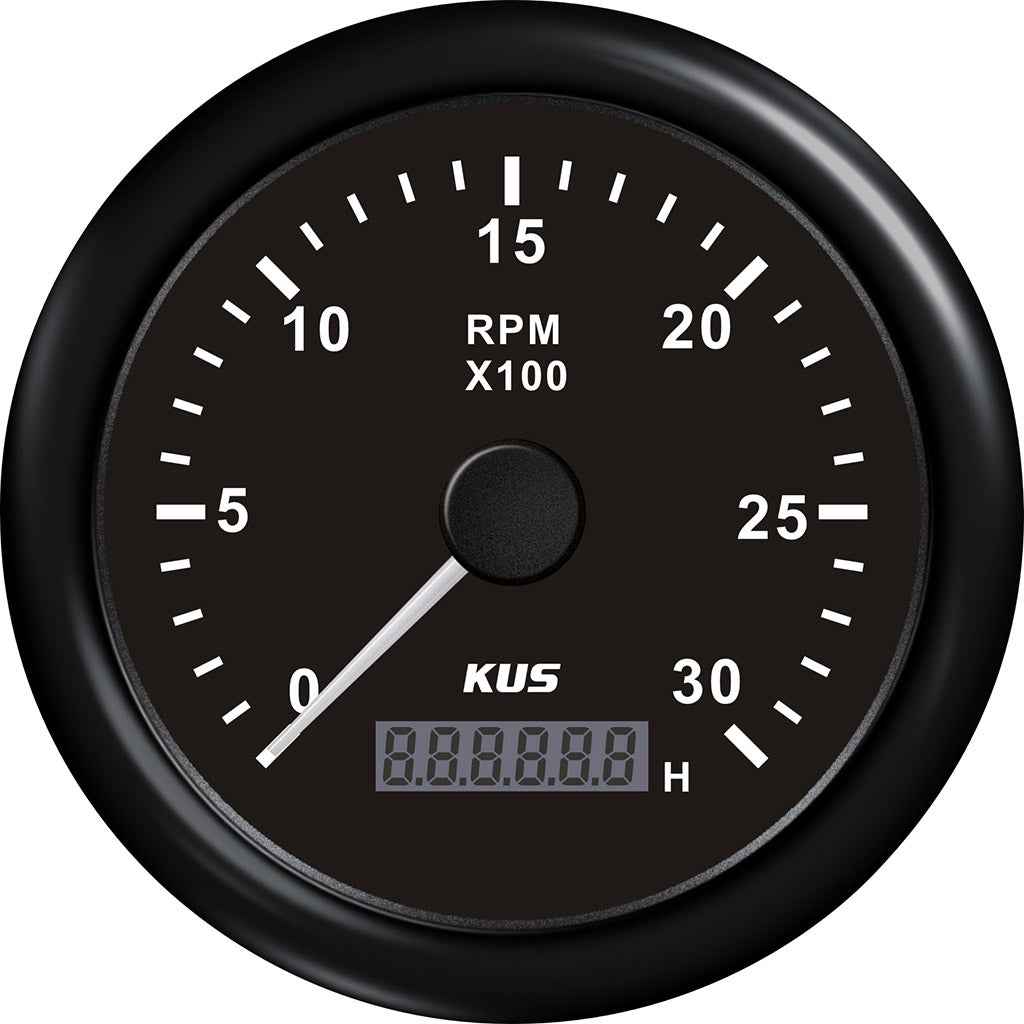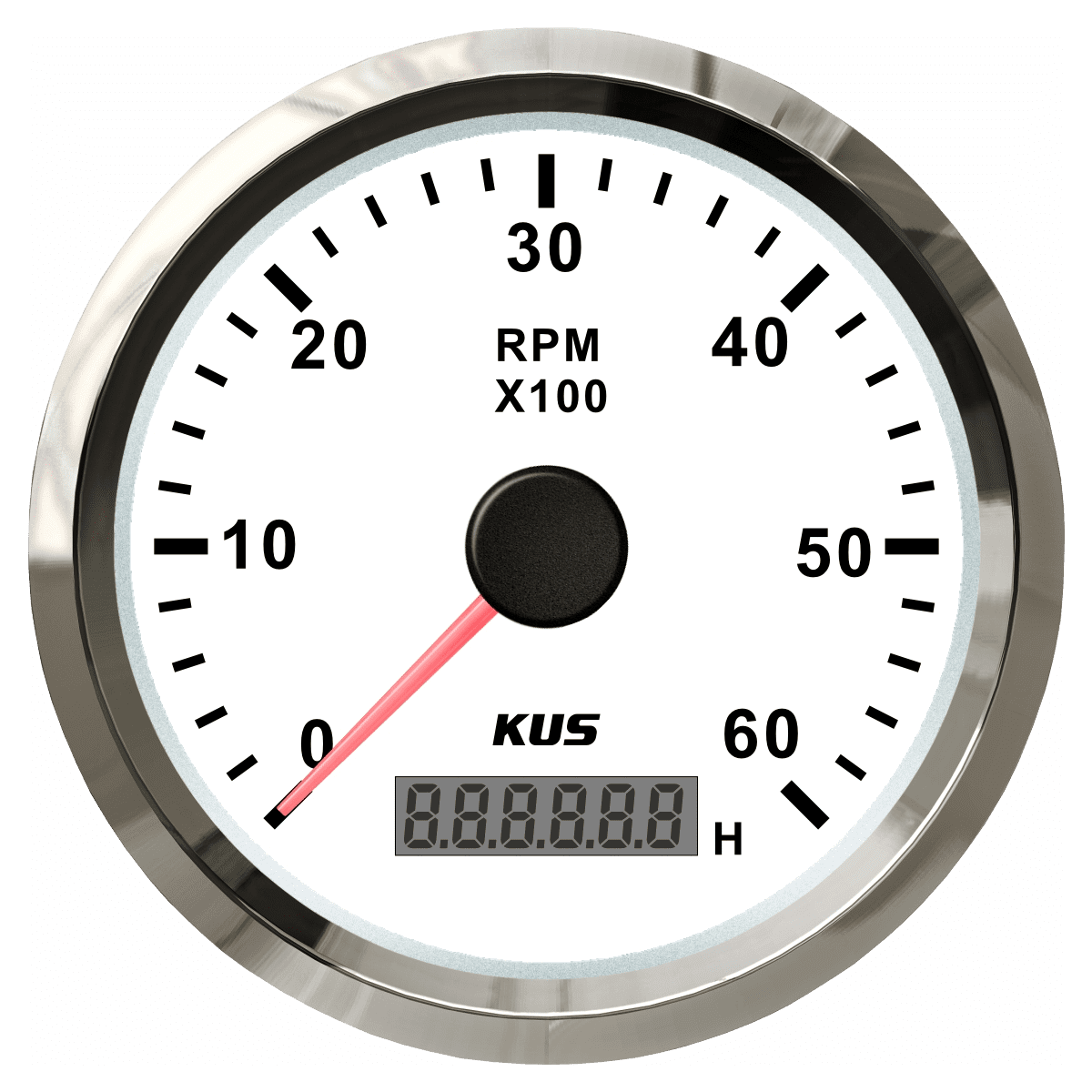Specialist Tips for Preserving and Calibrating Your Tachometer
Wiki Article
Opening the Tricks of Tachometers: Whatever You Required to Understand About This Vital Instrument in Your Automobile
Comprehending the ins and outs of tachometers can offer valuable understandings right into your car's efficiency and maintenance demands. From determining engine speed to decoding the information it provides, tachometers work as a crucial device for vehicle owners and enthusiasts alike. By deciphering the mysteries behind this vital instrument, you can open a wealth of information that can improve your driving experience and guarantee the durability of your car.Value of Tachometers
The relevance of tachometers hinges on their ability to supply crucial real-time data about an engine's rotational speed, permitting exact tracking and maintenance of machinery. By gauging the changes per min (RPM) of an engine's crankshaft, tachometers use valuable understandings right into the engine's efficiency - tachometer. This data is essential for making sure that the engine runs within its optimal range, staying clear of potential damage from over-revving or underperformingTachometers play a crucial duty in helping operators and technicians discover any abnormalities in the engine's rate, which could suggest concerns such as fuel ineffectiveness, mechanical problems, or extreme strain on the engine. By promptly recognizing these issues via tachometer readings, maintenance can be carried out proactively, preventing expensive repairs and downtime in the future.
In addition, tachometers are especially critical in high-performance vehicles and equipment, where precise control over engine speed is necessary for optimum procedure. Racing autos, airplane, and commercial tools rely upon tachometers to supply peak efficiency while maintaining safety and security standards. Basically, tachometers are not just tools for gauging rate yet vital tools for making sure the smooth and efficient operation of engines across various applications.
Just How Tachometers Action Engine Speed
Making use of sensors that identify the frequency of electrical pulses generated by the engine's ignition system, tachometers properly gauge the rotational rate of an engine. By checking the price at which these pulses are gotten, tachometers provide real-time feedback on how fast the engine's crankshaft is revolving per minute, commonly described as revolutions per min (RPM)
The tachometer's sensor, commonly linked to the engine's ignition coil or ignition system cords, gets the electric signals generated each time a cyndrical tube fires. These signals are then transformed right into RPM readings displayed on the gauge or tool collection within the chauffeur's sight. Tachometers can be analog or digital, with modern-day vehicles typically including electronic displays for accurate and rapid RPM analyses.
This info is important for chauffeurs to recognize the engine's performance, prevent over-revving, enhance equipment changing, and more info here ensure efficient gas intake. By properly measuring engine speed, tachometers play an important function in helping chauffeurs operate their vehicles safely and successfully.
Interpreting Tachometer Readings
Having a clear understanding of their website exactly how tachometers determine engine speed sets the foundation for effectively analyzing the RPM readings presented. Analyzing tachometer analyses is important for ideal car efficiency and engine health. When the engine is idling, the tachometer needle commonly rests around 600-1000 RPM, depending on the automobile.

Tips for Utilizing Tachometers Successfully
To enhance driving performance and enhance engine efficiency, what key strategies can be applied for properly utilizing tachometers? Tachometers are important tools that provide real-time feedback on engine rate, enabling drivers to make educated choices for better efficiency - tachometer. Here are some ideas for using tachometers efficiently:Comprehending Ideal RPM Variety: Acquaint on your own with the optimal RPM (Revolutions Per Minute) array useful content for your vehicle. This array differs between different cars and trucks and is usually indicated in the owner's handbook. Keeping the engine within this array can enhance fuel efficiency and extend the engine's lifespan.
Changing Equipments at the Right Time: Use the tachometer to identify the finest time to move equipments. Upshifting prematurely or also late can cause lowered performance and efficiency. Purpose to change equipments when the RPM gets to the optimum array for the following equipment.
Keeping An Eye On Engine Anxiety: High RPMs for extended periods can strain the engine. Watch on the tachometer to prevent over-revving, especially throughout velocity or when bring heavy loads.
Tachometers and Lorry Upkeep
When taking into consideration car upkeep, tachometers play an important duty in keeping an eye on engine performance and identifying prospective concerns. Tachometers offer crucial data on engine rate, allowing motorists and mechanics to make sure that the engine is operating within the suggested RPM array.Along with finding potential problems, tachometers can additionally help in maximizing fuel effectiveness. By maintaining the engine speed within the ideal array, chauffeurs can enhance their gas mileage and reduce fuel usage. This not just benefits the motorist's purse yet additionally contributes to ecological preservation by reducing hazardous emissions.
Conclusion

Report this wiki page